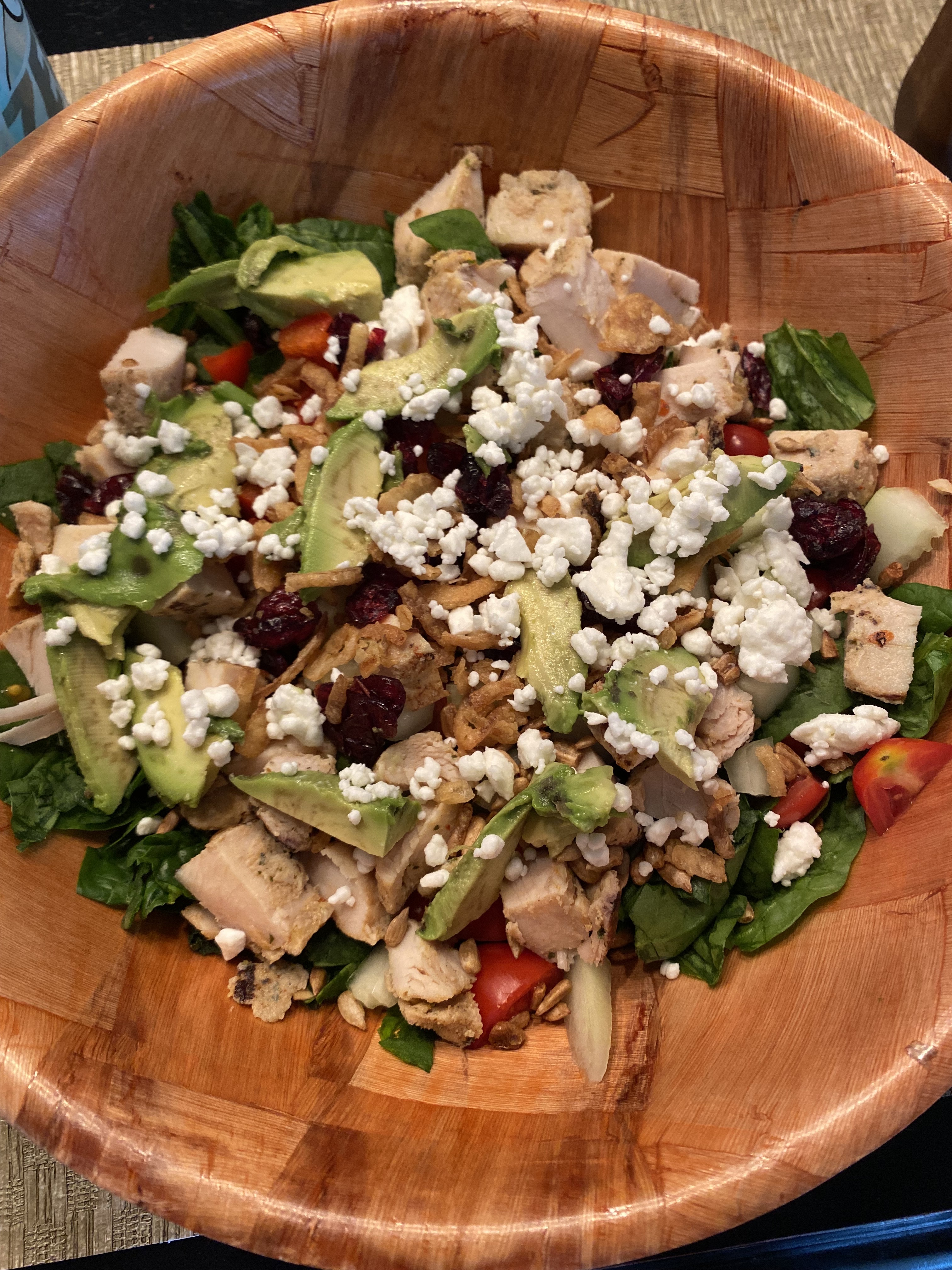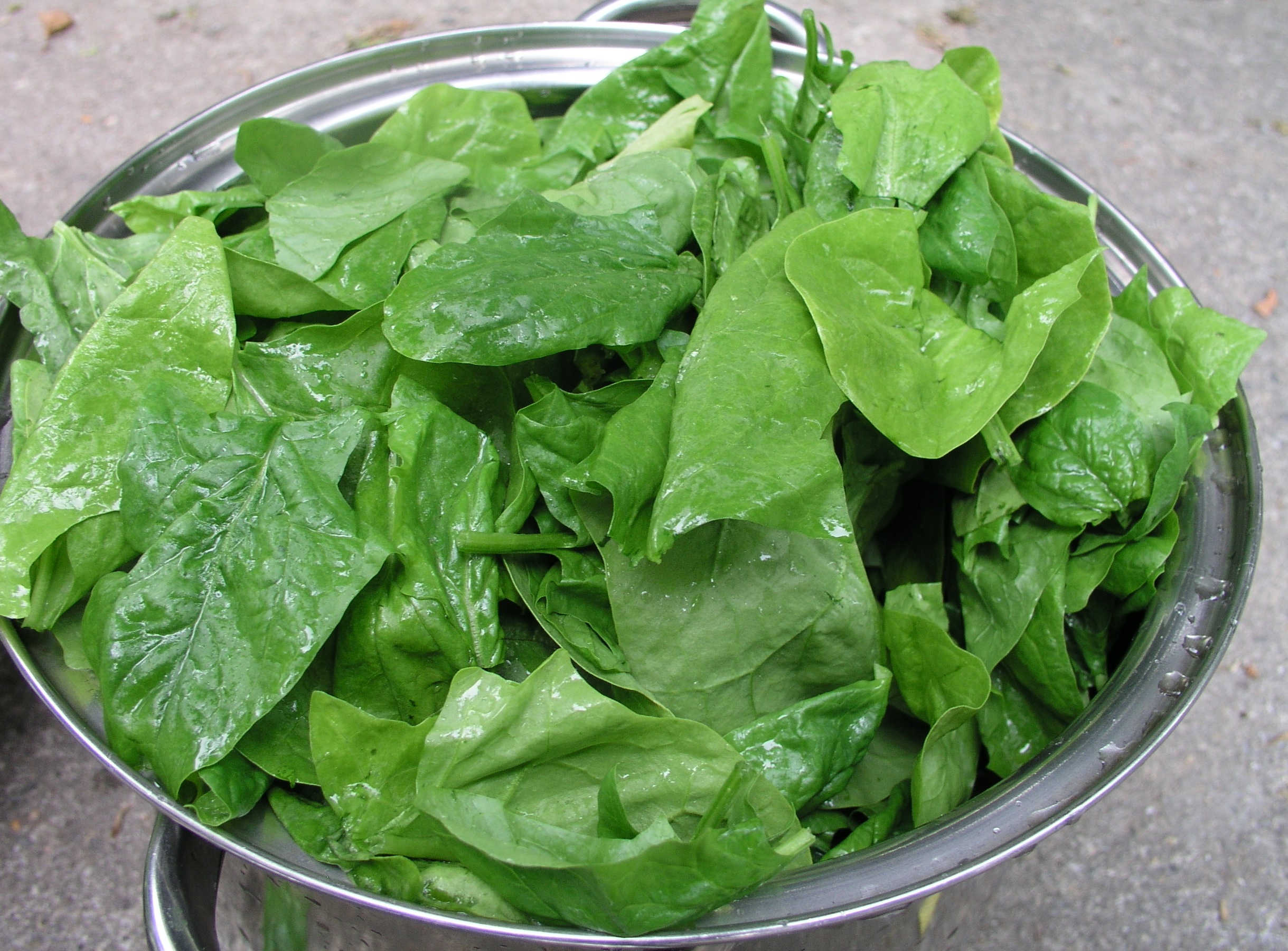|
Lettuce
Lettuce (''Lactuca sativa'') is an annual plant of the family Asteraceae mostly grown as a leaf vegetable. The leaves are most often used raw in Green salad, green salads, although lettuce is also seen in other kinds of food, such as sandwiches, wraps and soups; it can also be grilled. Its stem and seeds are sometimes used; celtuce (asparagus lettuce) is one variety grown for its stems, which are eaten either raw or cooked. In addition to its main use as a leafy green, it has also gathered religious and medicinal significance over centuries of human consumption. Europe and North America originally dominated the market for lettuce, but by the late 20th century the consumption of lettuce had spread throughout the world. , world production of lettuce (and chicory) was 27 million tonnes, 53percent of which came from China. Lettuce was originally farmed by the ancient Egyptians, who transformed it from a plant whose seeds were used to obtain oil into an important food crop raised fo ... [...More Info...] [...Related Items...] OR: [Wikipedia] [Google] [Baidu] |
Lactuca
''Lactuca'', commonly known as lettuce, is a genus of flowering plants in the family Asteraceae. The genus includes at least 50 species, distributed worldwide, but mainly in temperate Eurasia. Its best-known representative is the garden lettuce (''Lactuca sativa''), with its many varieties. "Wild lettuce" commonly refers to the wild-growing relatives of common garden lettuce. Many species are common weeds. ''Lactuca'' species are diverse and take a wide variety of forms. They are annuals, biennials, perennials, or shrubs. Their flower heads have yellow, blue, or white ray florets. Some species are bitter-tasting. Most wild lettuces are xerophytes, adapted to dry habitat types. Some occur in more moist areas, such as the mountains of central Africa. Diversity There are different concepts of the species within ''Lactuca''. It is not clear how many distinct species are known, and estimates vary from 50 [...More Info...] [...Related Items...] OR: [Wikipedia] [Google] [Baidu] |
Green Salad
A salad is a dish consisting of mixed ingredients, frequently vegetables. They are typically served chilled or at room temperature, though some can be served warm. Condiments called ''salad dressings'', which exist in a variety of flavors, are usually used to make a salad. Garden salads have a base of raw leafy greens (sometimes young "baby" greens) such as lettuce, arugula (rocket), kale or spinach; they are common enough that the word ''salad'' alone often refers specifically to garden salads. Other types of salad include bean salad, tuna salad, bread salads (such as fattoush, panzanella), vegetable salads without leafy greens (such as Greek salad, potato salad, coleslaw), rice-, pasta- and noodle-based salads, fruit salads and dessert salads. Salads may be served at any point during a meal: *Appetizer salads – light, smaller-portion salads served as the first course of the meal *Side salads – to accompany the main course as a side dish; examples include potato salad ... [...More Info...] [...Related Items...] OR: [Wikipedia] [Google] [Baidu] |
Leaf Vegetable
Leaf vegetables, also called leafy greens, vegetable greens, or simply greens, are plant leaves eaten as a vegetable, sometimes accompanied by their petioles and shoots, if tender. Leaf vegetables eaten raw in a salad can be called salad greens, whereas leaf vegetables eaten cooked can be called pot herbs. Nearly one thousand species of plants with edible leaves are known. Leaf vegetables most often come from short-lived herbaceous plants, such as lettuce and spinach. Woody plants of various species also provide edible leaves. The leaves of many fodder crops are also edible for humans, but are usually only eaten under famine conditions. Examples include alfalfa, clover, and most grasses, including wheat and barley. Food processing, such as drying and grinding into powder or pulping and pressing for juice, may involve these crop leaves in a diet. Leaf vegetables contain many typical plant nutrients, but their vitamin K levels are particularly notable since they are photos ... [...More Info...] [...Related Items...] OR: [Wikipedia] [Google] [Baidu] |
Celtuce
Celtuce () (''Lactuca sativa'' var. ''augustana'',Masatoshi Yamaguchi ''angustata'', or ''asparagina''), also called stem lettuce, celery lettuce, asparagus lettuce, or Chinese lettuce, is a cultivar of lettuce grown primarily for its thick stem or its leaves, which are known as A-choy. It is used as a vegetable. In China, the family is informally called ''woju'' (), which is also the name of a cultivar. It is especially popular in both China and Taiwan, where the stem is interchangeably called ''wosun'' () or (). History Popular sources identify it as originating in the Mediterranean region and then being brought to China during the Tang dynasty, about A.D. 600–900. Cultivation It can be grown from seed and is sown from April through May in the Northern Hemisphere. The seeds can be planted in a set bed or a temporary nursery bed and then transplanted to the growing site. They should be spread 30 cm apart each way. The young (edible) leaves are ready about 4–5 ... [...More Info...] [...Related Items...] OR: [Wikipedia] [Google] [Baidu] |
Wraps
A wrap is a culinary dish made with a soft flatbread rolled around a filling. The usual flatbreads are wheat tortillas, lavash, or pita; the filling may include cold sliced meat, poultry, or fish, shredded lettuce, diced tomato or pico de gallo, guacamole, sauteed mushrooms, bacon, grilled onions, cheese, and a sauce, such as ranch dressing or honey mustard. History People in Mexico, the Mediterranean, and South Asia have been eating wraps since around the 1900s. Mexicans refer to them as burritos, and they come in different varieties, primarily wheat flour or corn, typically filled with meat, beans, rice, cheese, and other ingredients. The wrap in its Western form probably comes from California, as a generalization of the Mexican and Tex-Mex burrito, and became popular in the 1990s. It may have been invented and named at a southern California chain called "I Love Juicy" in the early 1980s. Shortly after the Box Lunch restaurant opened in 1977 in Wellfleet Massachusetts, th ... [...More Info...] [...Related Items...] OR: [Wikipedia] [Google] [Baidu] |
Asteraceae
Asteraceae () is a large family (biology), family of flowering plants that consists of over 32,000 known species in over 1,900 genera within the Order (biology), order Asterales. The number of species in Asteraceae is rivaled only by the Orchidaceae, and which is the larger family is unclear as the quantity of Extant taxon, extant species in each family is unknown. The Asteraceae were first described in the year 1740 and given the original name Composita, Compositae. The family is commonly known as the aster, Daisy (flower), daisy, composite, or sunflower family. Most species of Asteraceae are herbaceous plants, and may be Annual plant, annual, Biennial plant, biennial, or Perennial plant, perennial, but there are also shrubs, vines, and trees. The family has a widespread distribution, from subpolar to tropical regions, in a wide variety of habitats. Most occur in Hot desert climate, hot desert and cold or hot Semi-arid climate, semi-desert climates, and they are found on ever ... [...More Info...] [...Related Items...] OR: [Wikipedia] [Google] [Baidu] |
Ancient Egyptians
Ancient Egypt () was a cradle of civilization concentrated along the lower reaches of the Nile River in Northeast Africa. It emerged from prehistoric Egypt around 3150BC (according to conventional Egyptian chronology), when Upper and Lower Egypt were amalgamated by Menes, who is believed by the majority of Egyptologists to have been the same person as Narmer. The history of ancient Egypt unfolded as a series of stable kingdoms interspersed by the " Intermediate Periods" of relative instability. These stable kingdoms existed in one of three periods: the Old Kingdom of the Early Bronze Age; the Middle Kingdom of the Middle Bronze Age; or the New Kingdom of the Late Bronze Age. The pinnacle of ancient Egyptian power was achieved during the New Kingdom, which extended its rule to much of Nubia and a considerable portion of the Levant. After this period, Egypt entered an era of slow decline. Over the course of its history, it was invaded or conquered by a number of foreign civ ... [...More Info...] [...Related Items...] OR: [Wikipedia] [Google] [Baidu] |
Vitamin K
Vitamin K is a family of structurally similar, fat-soluble vitamers found in foods and marketed as dietary supplements. The human body requires vitamin K for post-translational modification, post-synthesis modification of certain proteins that are required for blood coagulation ("K" from Danish ''koagulation'', for "coagulation") and for controlling molecular binding, binding of calcium in bones and other tissue (biology), tissues. The complete synthesis involves final modification of these "Gla proteins" by the enzyme gamma-glutamyl carboxylase that uses vitamin K as a cofactor (biochemistry), cofactor. Vitamin K is used in the liver as the intermediate VKH2 to deprotonate a glutamate residue and then is reprocessed into vitamin K through a vitamin K oxide intermediate. The presence of uncarboxylated proteins indicates a vitamin K deficiency. Carboxylation allows them to bind (chelate) calcium ions, which they cannot do otherwise. Without vitamin ... [...More Info...] [...Related Items...] OR: [Wikipedia] [Google] [Baidu] |
Gene Pool
The gene pool is the set of all genes, or genetic information, in any population, usually of a particular species. Description A large gene pool indicates extensive genetic diversity, which is associated with robust populations that can survive bouts of intense selection. Meanwhile, low genetic diversity (see inbreeding and population bottlenecks) can cause reduced biological fitness and an increased chance of extinction, although as explained by genetic drift new genetic variants, that may cause an increase in the fitness of organisms, are more likely to fix in the population if it is rather small. When all individuals in a population are identical with regard to a particular phenotypic trait, the population is said to be 'monomorphic'. When the individuals show several variants of a particular trait they are said to be polymorphic. History The Russian geneticist Alexander Sergeevich Serebrovsky first formulated the concept in the 1920s as ''genofond'' (gene fund), ... [...More Info...] [...Related Items...] OR: [Wikipedia] [Google] [Baidu] |
Salmonella
''Salmonella'' is a genus of bacillus (shape), rod-shaped, (bacillus) Gram-negative bacteria of the family Enterobacteriaceae. The two known species of ''Salmonella'' are ''Salmonella enterica'' and ''Salmonella bongori''. ''S. enterica'' is the type species and is further divided into six subspecies that include over 2,650 serotypes. ''Salmonella'' was named after Daniel Elmer Salmon (1850–1914), an American veterinary surgeon. ''Salmonella'' species are non-Endospore, spore-forming, predominantly motility, motile enterobacteriaceae, enterobacteria with cell diameters between about 0.7 and 1.5 micrometre, μm, lengths from 2 to 5 μm, and peritrichous flagella (all around the cell body, allowing them to move). They are chemotrophs, obtaining their energy from Redox, oxidation and reduction reactions, using organic sources. They are also facultative aerobic organism, facultative anaerobes, capable of generating adenosine triphosphate with oxygen ("aerobically") ... [...More Info...] [...Related Items...] OR: [Wikipedia] [Google] [Baidu] |







